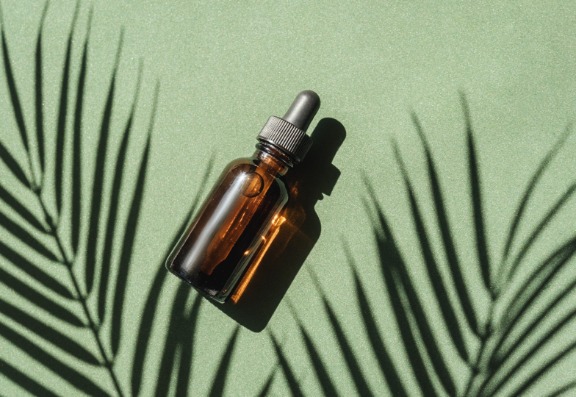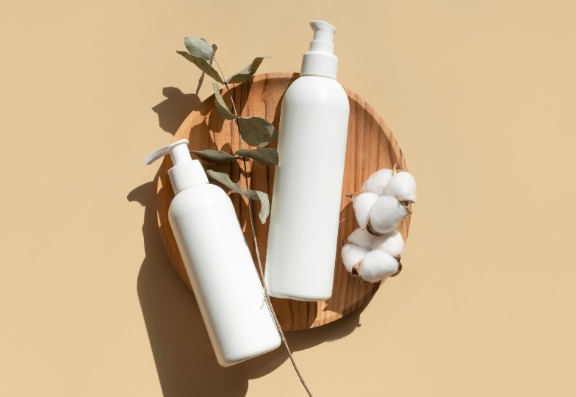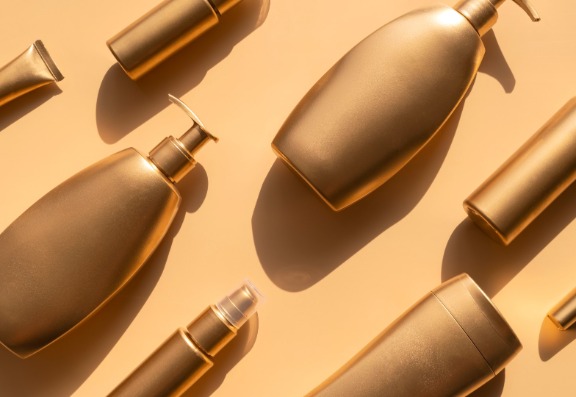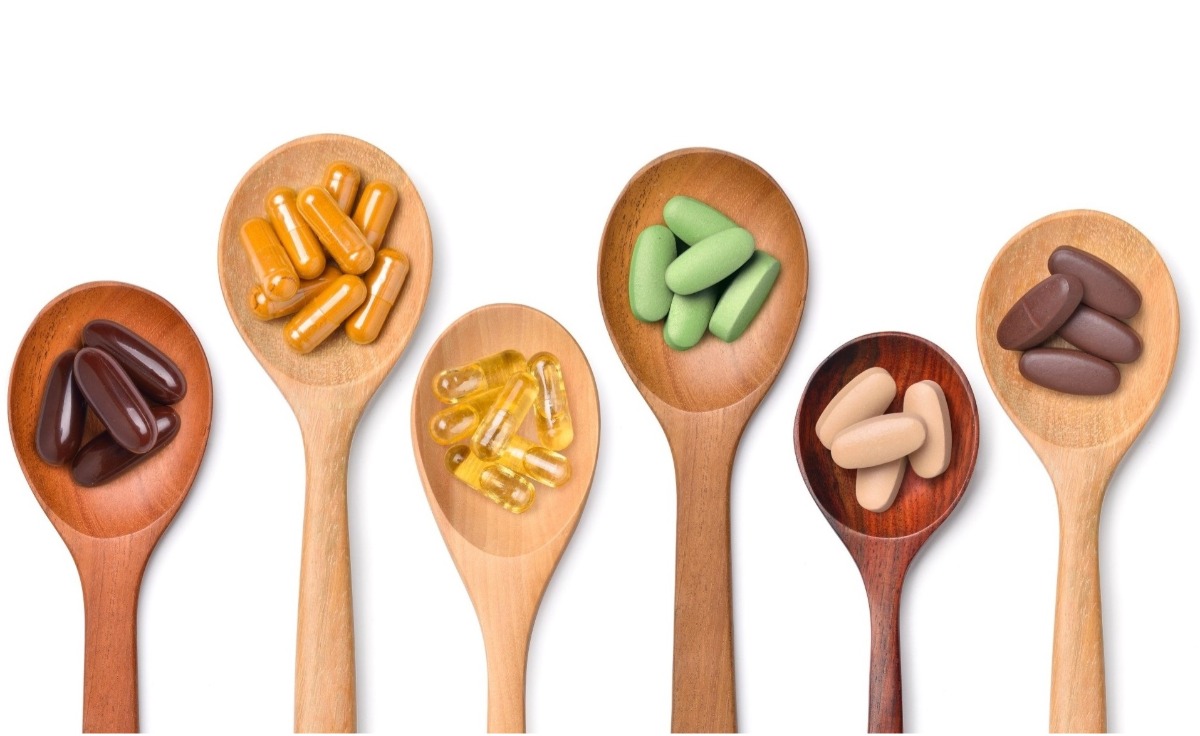Acne isn't fun. That's a fact.
It affects about 80% of people at some point in their lives.
It's a chronic, inflammatory disorder of the sebaceous (oil) gland in the skin which can have a huge psychosocial impact on sufferers. Many people suffer low moods and unhappiness as a direct consequence of the condition.
It is primarily caused by increased levels of androgen hormones that cause a number of changes in the skin:
In order to treat acne thoroughly, all four of these factors need to be addressed.
Treatment options with topical skincare:

2. Follicle plugging
Follicle plugging micro-comedones can be treated with regular exfoliation of the skin. With acne, it's worth avoiding mechanical exfoliators that rub and abrade the skin and instead favour chemical ones like glycolic acid, lactic acid, pyruvic acid and mandelic acid.
Glycolic acid is a water-soluble Alpha Hydroxy-acid (AHA) that is fantastic for removing superficial cellular debris.
It doesn’t penetrate very deep into the skin because it's water-soluble (lipid-soluble ones like salicylic acid penetrate deeper) but it is the most trusted and researched AHA on the market. Strengths varying anywhere from 5-10% are effective for acne without being unduly irritating.
Other good options are fruit acids, lactic acid and mandelic acid. Many chemical exfoliators combine a few of these different chemicals to improve the synergy or overall effect.
3. Propionibacterium Acnes (P. Acnes)
Propionibacterium acnes – This bacteria thrives in an oil-rich, follicle plugged environment and the bacteria feed off the excess oil in the skin.
Proliferation of the Proprionibacterium Acnes bacteria is responsible for most cases of acne (although we are seeing a few new strains coming through) and it is often resistant to antibiotics used to treat acne.
For this reason, many physicians are avoiding antibiotics in the management of acne. In addition, oral antibiotics can kill off the good bacteria that reside in the gut causing long term digestive & immune problems.
Instead of antibiotics, benzoyl peroxide can be used for bacterial reduction and lasers and light therapy can be helpful too.
Many physicians are also putting their acne patients onto probiotics to help replace any destroyed beneficial bacterial secondary to antibiotic therapy.


4. Inflammatory Cascade
This is a complex process in acne and occurs when all of the above conditions are met – excess oil, microplugging and proliferation of bacteria. The actual inflammatory culprit is lipase, a chemical produced by excessive growth of P. Acnes.
The lipase breaks down the oil’s triglycerides releasing fatty acids. And these fatty acids cause the localised inflammation.
Retain A products (also known as Tretinoin) are effective at reducing localised inflammation and help improve skin cell turnover. They are also good for reducing the pink/purple discolouration of prolonged inflammatory acne. They are a prescription-strength product with good efficacy in most acne patients.
Over the counter, retinols are a good alternative if you cannot see a doctor and can be used in the long term for maintenance and remission. 0.5 -1% retinol is ideal.
Caution: Vitamin A based skincare (retinols & tretionin) can irritate the skin. Use them cautiously, start gently and increase usage slowly as the skin allows. Any initial redness and dryness should settle with continued use.
Always avoid heavy and congesting make-up and opt for mineral technology that allows the skin to breathe. Choose moisturisers and sun protectors that are water-based and oil-free such as hyaluronic acid serums. Products will often guide you on this point by using the term ‘non-comedogenic which means that it won't clog your pores.
Lifestyle measures:
There is significant evidence nowadays that avoidance of dairy, gluten and sugar reduces acne.
Research shows that IGF-1:
Both dairy and gluten should be avoided in anyone suffering from acne.
Sugar is also something that should be avoided as it triggers the release of insulin and IGF-1. As you eat carbohydrates, especially sugar, your blood sugar level increases. The pancreas then responds by making insulin, a hormone that takes sugar up into the cells and reduces blood sugar levels. Increased insulin secretion increases IGF-1 which further increases sebum and exacerbates acne. Sugar also stimulates inflammation and can feed any candida in the skin.
In short sugar, gluten and dairy all aggravate the two major causes of acne: hormones and inflammation.

All of these should be avoided if you have acne.
Supplements:
It should be obvious by now that everything that you put into your body is inextricably linked with the quality of your skin. Your skin is, after all your largest organ and is simply a reflection of what you put inside your body.
Healthy skin starts from within:
The main beneficial micronutrients that help control and reduce acne are:
If you want to read more, the experts at Consulting Room really know what they're talking about and have put together some acne scarring and acne FAQs just for you.
If you have more questions, you can use the acne questions or acne scarring questions feature to talk to our panel of trained medical experts.
If you're keen to get started with acne treatment right away then you're in luck - those clever folks also have a list of trusted, accredited acne clinics and acne scarring clinics in your area.
It's so easy to do, you'll barely have any time to say goodbye to your acne!
Many thanks to the author Dr Johanna Ward who is An award-winning Cosmetic Doctor and GP with a special interest in clinical dermatology and nutrition. She studied English at Oxford University before studying Medicine at Guys, Kings and St Thomas’ in London.
Dr. Johanna is an advanced cosmetic injector and laser practitioner as well as training other doctors nationally and internationally. She is often called up in the media to comment about all things aging, dermatology and nutrition-related. She is the author of the best-selling book ‘Superfoods to Superhealth’ and is currently the resident skin doctor for Women’s Health Magazine.

Hey, wait!
Before you go.....
Let's stay in touch, pop your details here and we'll send our editor's hand-picked updates on your fave subjects.